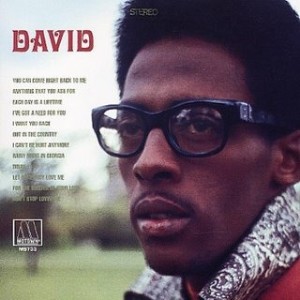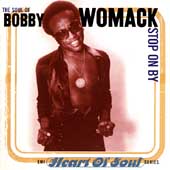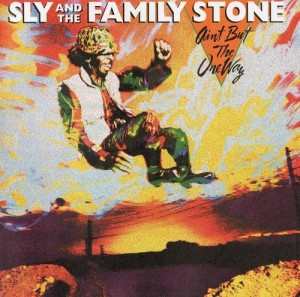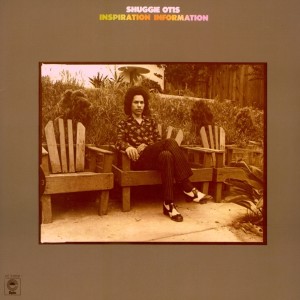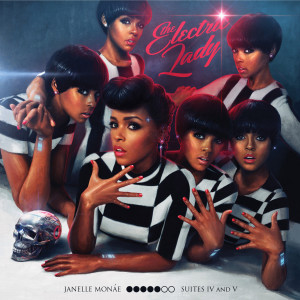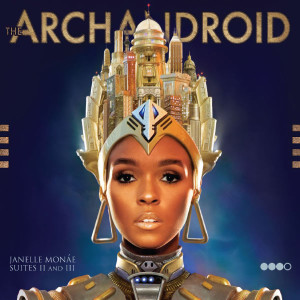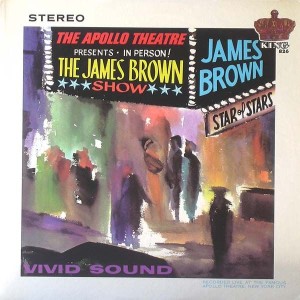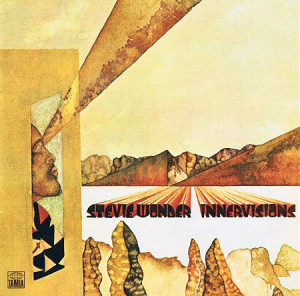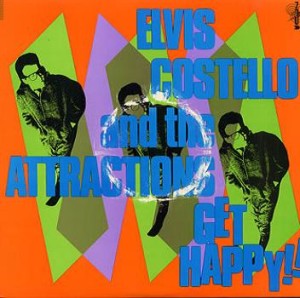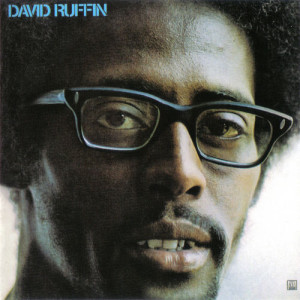David Ruffin – David: Unreleased LP & More Hip-O Select B0002509-02 (2004)
Ruffin recorded a batch of songs primarily in late 1969 and early 1970, some of which were briefly slated for a new LP but shelved and mostly not released until 2004. A few tracks dribbled out as singles and on rarities collections, but the bulk of this just sat in the Motown vaults. The planned original LP (tracks 1-12 here) picks up where Feelin’ Good left off. The opener “Each Day is a Lifetime” is the pick of them. What’s interesting though is how much of the “bonus tracks” — those not slated for the cancelled original album — are among the best here. The original planned album clearly catered to a mostly sweet, orchestrated sound, while the bonus cuts feature heavier rhythms and a little more rock inflection. There is little doubt that the original album would have not made much of a dent. It’s a competent offering but it rarely if ever excites. The energy of some of the bonus tracks would have livened it up a lot — “It’s Gonna Take a Whole Lot of Doin'” and “I Want Her to Say It Again” are great. In fact, “It’s Gonna Take a Whole Lot of Doin'” might well be one of the very best of his solo career (break-up song or reparations song? — you decide). It’s hard to figure what went wrong with a talent as great as Ruffin’s. His debut album was a magnificent achievement. But perhaps it was his ego, his drug habit, a lack of ambition, a clash of personalities with Motown management, or just bad luck that he seemed to end up relegated to second rate material and the backwaters of the Motown empire. He would make a brief artistic resurgence with the under-appreciated Me ‘n Rock ‘n Roll Are Here to Stay a few years later. Yet it wasn’t really meant to be for Ruffin, whose career seemed to just unceremoniously slide out of view.

